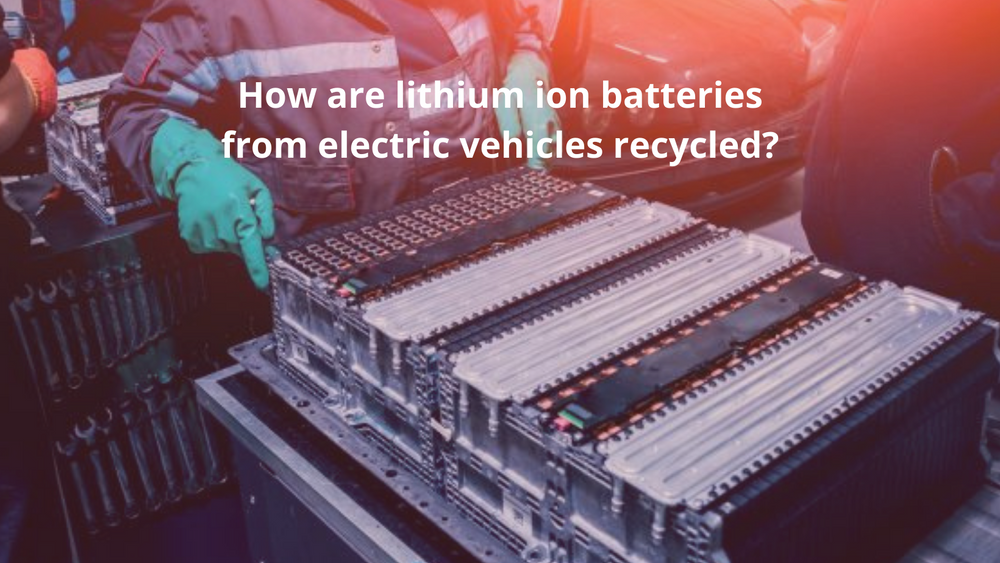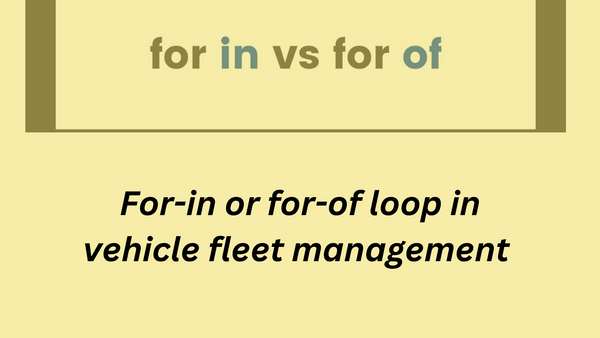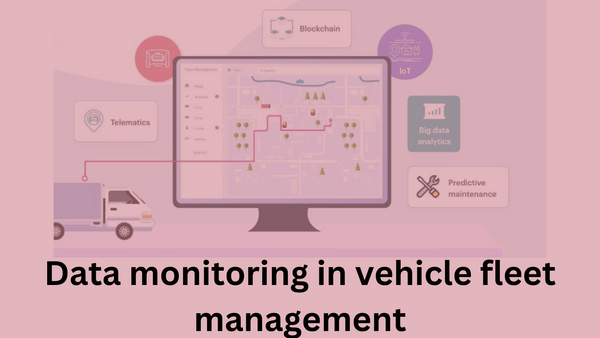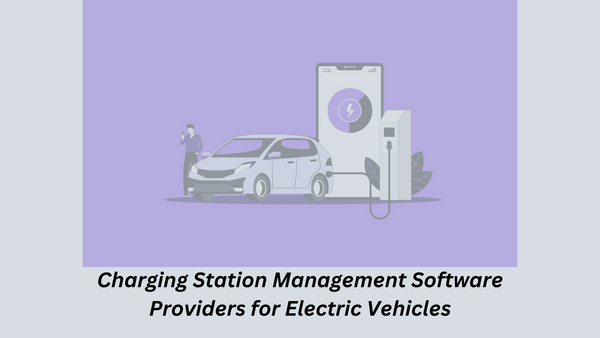How are lithium ion batteries from electric vehicles recycled?
Hello People. This article is about how lithium ion batteries from electric vehicles are recycled. Battery is the heart of an electric vehicle. It provides electricity to drive the vehicle. Most commonly used batteries in electric vehicles are Lithium Ion batteries.
An electric vehicle battery is often composed of many hundreds of small, individual Lithium ion cells arranged in a series/parallel configuration to achieve the desired voltage and capacity in the final pack.
At the end of the battery lifespan, battery waste comprises enormous amounts of chemicals such as cobalt, electrolytes, lithium, manganese oxide and nickel. When the battery comes to the end of its life, its green benefits fade. If it ends up in a landfill, its cells can release problematic toxins, including heavy metals. And recycling the battery can be a hazardous business.
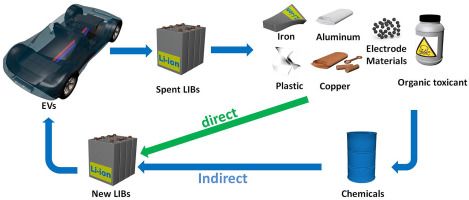
India, at present, is underprepared for the volume of EV battery waste expected in the coming decade. Most of our e-waste is dumped in landfills. We do not have adequate legislations that can prevent illegal dumping of spent lithium batteries.
The most recent legislations — the E-waste (Management and Handling) Rules, 2011, E-waste (Management and Handling) Rules, 2016 and E-waste (Management) Amendment Rules, 2018 — evolved considerably in terms of the range of materials.
Are you looking to start your business in the electric vehicle industry? We provide software development, web application development, mobile application development, charging stations management app, electric vehicle fleet management software development, cyber security and all software services. Please check our home page here https://iwheels.co/
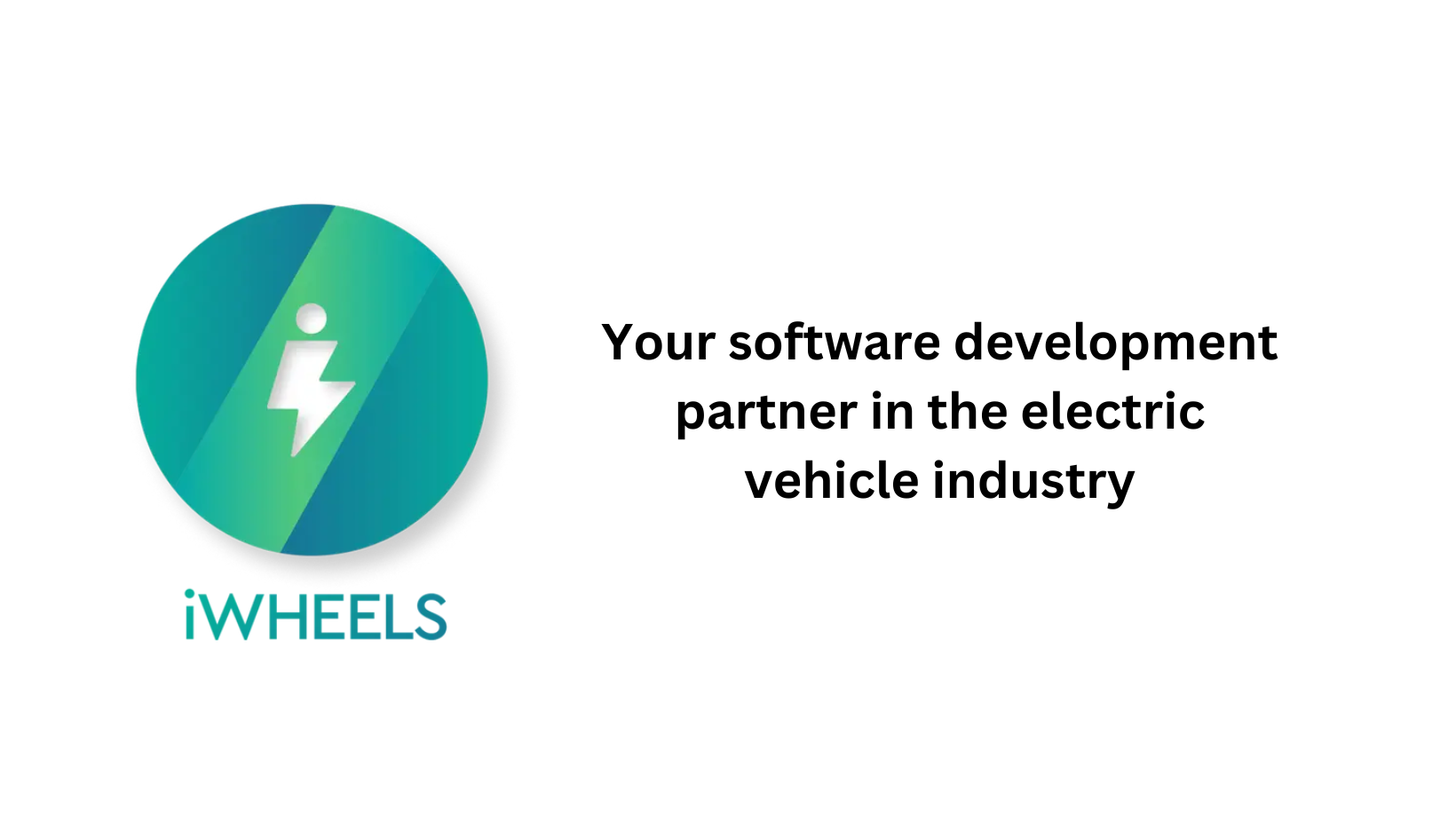
Ok. Let's get back to the article.
They do not, however, include rules for the safe disposal of EV batteries. Li-ion batteries, thus, find no mention, in any framework for end-of-life treatment or recycling.
This sets a dangerous precedent, as India can potentially become a lithium waste dumpsite for not just waste from domestic EVs, but also from import of spent batteries.
These batteries constitute substances that — if not recycled or treated in a proper fashion — can cause harm to both the environment and humans. Further, lithium itself spontaneously reacts with moisture and can lead to major landfill explosions.
Few nations are ahead of the curve and have mandated legislations that deal with battery recycling and treatment.
Germany puts a legal obligation on producers to collect their products from the consumer and deposit them in containers managed by the GRS Batterien Foundation, set up by leading battery manufactures and the German Electrical and Electronics Industry Association in 1998.
GRS ensures collected waste is segregated and sorted according to electrochemical composition — leading to an efficient extraction of materials that can be recovered, along with reuse of materials like cadmium and lead for further battery production.
The GRS, in its 2019 annual report, said a total collection rate of 76.1 per cent — higher than the statutory requirement of 45 per cent — was partly due to a successful communication strategy. This aimed to educate not just producers and active consumers, but also individuals who are future consumers.
Inside each cell, lithium atoms move through an electrolyte between a graphite anode and a cathode sheet composed of a metal oxide. Batteries are usually defined by the metals in the cathode. There are three main types: nickel-cobalt-aluminum, iron-phosphate, and nickel-manganese-cobalt.
Recyclers primarily target metals in the cathode, such as cobalt and nickel, that fetch high prices. (Lithium and graphite are too cheap for recycling to be economical.) But because of the small quantities, the metals are hard to find and recover.
Recyclers use two techniques, known as pyrometallurgy and hydrometallurgy. The more common is pyrometallurgy, in which recyclers first mechanically shred the cell and then burn it, leaving a charred mass of plastic, metals, and glues. At that point, they can use several methods to extract the metals, including further burning. Hydrometallurgy, in contrast, involves dunking battery materials in pools of acid, producing a metal-laden soup. Sometimes the two methods are combined. Both methods have advantages and downsides.
Pyrometallurgy, for example, doesn't require the recycler to know the battery's design or composition, or even whether it is completely discharged, in order to move ahead safely. But it is energy intensive.
Hydrometallurgy can extract materials not easily obtained through burning, but it can involve chemicals that pose health risks. And recovering the desired elements from the chemical soup can be difficult, although researchers are experimenting with compounds that promise to dissolve certain battery metals but leave others in a solid form, making them easier to recover.
Hope this article on how lithium ion batteries from electric vehicles are recycled is useful to you. To read about jobs in the Electric Vehicle Industry, please visit Job opportunities in Electric Vehicle Sector and its Charging Infrastructure industry

